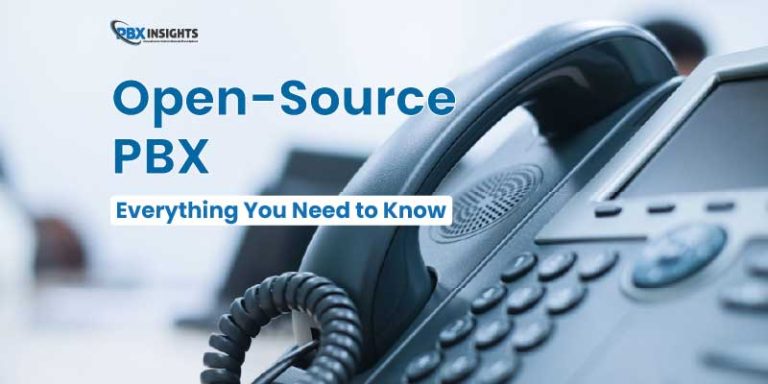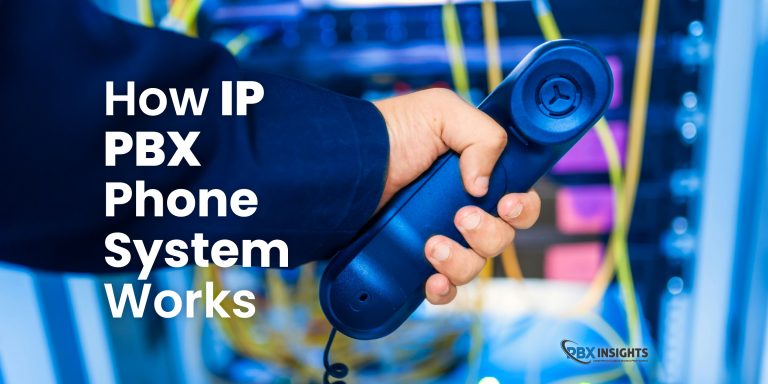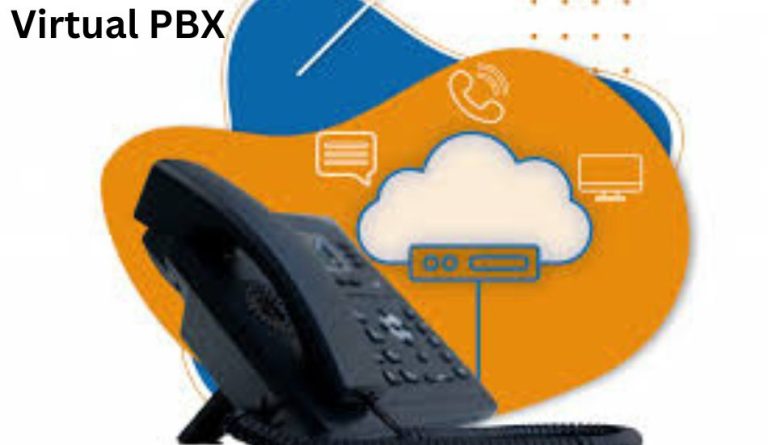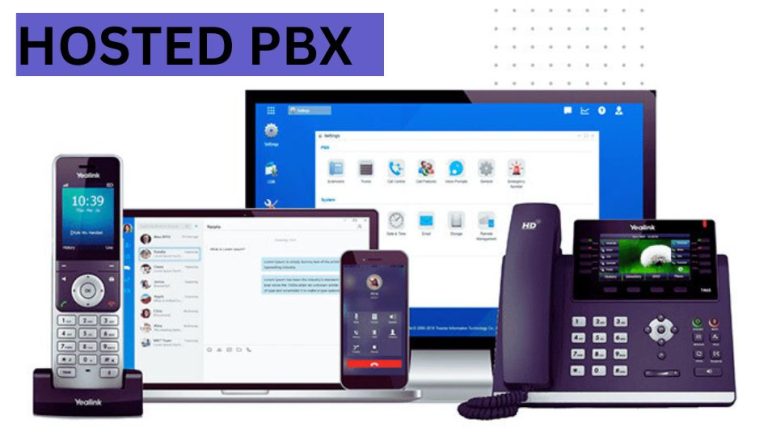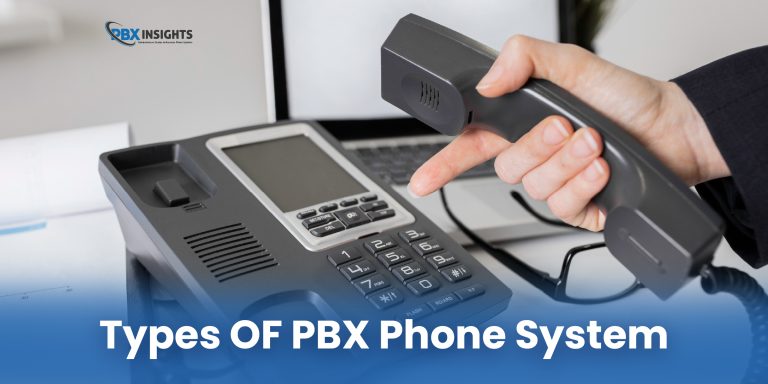Traditional PBX: Streamlining Business Communication
An increasingly digitised world has brought to life the need for businesses to have integrated systems that enhance communications and increase service delivery. We do understand that the private branch exchange has been the most applicable solution to all business communication needs for decades. It is a private telephone network used within a company to…
An increasingly digitised world has brought to life the need for businesses to have integrated systems that enhance communications and increase service delivery. We do understand that the private branch exchange has been the most applicable solution to all business communication needs for decades. It is a private telephone network used within a company to receive and make calls to outside lines. While technologies like VoIP are on the rise, traditional PBX still has relevance for certain organisations with a strong emphasis on reliability and security as well as providing an alternative to reliance on the internet.
This guide outlines features, advantages, and difficulties, as well as the purpose of traditional PBX that every business needs to consider.
How a Traditional PBX Works
Centralised call management is the core function of a traditional PBX system. It virtually brings a number of phone lines together to a console or central control device where all incoming calls and calls dialled out are handled.
This is how it works:
Call Transferring: When a call is received, the incoming number is sent to a specific extension upon request.
Transfers between employees: An employee wishing to contact a colleague would have to dial a brief extension rather than a complete phone number.
Transfers to external locations: The system dials out to a PSTN, which can connect the call to an outside number.
Components of a traditional PBX include
The components of an SPN system include the following:.
- Switchboard: this is the central part of the system that takes care of the routing of the calls.
- Extension Lines: These are lines assigned to workers or departments separately.
- Trunk Lines: They link the PBX to other networks.
- Operator Console: It is a computer-based, manual, or auto interface through which calls can be handled.
However, since an SPN substantially relies on hardware, its architecture guarantees high business communication capabilities, which busy entities would appreciate.
Key Features of a Traditional PBX
The most important feature, which is quite popular among customers, is the versatile deployment of an SPN since it aids the customer to easily integrate it into their firm operations. Some of the key features include:
- Call Transfer: This is moving from one extension to another without hanging up the call.
- Voicemail: Recording of messages for users that are not reachable so that no vital interaction is left uncommunicated.
- Call Conferencing: Making calls to a large number of receivers at once to make it easier for team members to interact easily.
- Call Queueing: Keeping a customer waiting on the line at busy times in order to improve the service.
Business expansion—although business expansion with this type of equipment has some constraints when compared to other equipment, SPN can be supplemented to some degree.
Clearly these attributes make it justifiable for an organisation to go for an SPN, which aims to seek effective interaction management.
Benefits of Using Traditional PBX
Why One Should Consider the Advantages of Traditional PBX Most users of the traditional PBX systems are numerous, considering that they have a lot of advantages to offer.
A few advantages are, for example:
- Reliability: One of the benefits of Lash Link Miami PBX is that it has no centre dependence, unlike the cloud-based system. Thus, the service can reliably be on.
- Clear Call Quality: This is because the call originates from a PSTN and thus has no digital interference problems.
- Centralised Communication: Reduces the need to switch from one system to another to consolidate all internal and external communication.
- Low-Cost for Big Call Centers: While the initial investment may seem expensive, PBX has no consistent ISP or subscription fee, which helps call centres that make lots of calls cut back.
For sectors that require dependable communication, traditional PBX is most suitable.
Challenges of Traditional PBX
Disadvantages of Traditional PBX But even though there are advantages, there are also some difficulties one has to face when having the traditional PBX system, especially in today’s world where there are faster alternatives. A fully BAP system where the radio is completely passive and a line cost for maintenance of the BAP system:
- Space Requirements: The physical hardware occupies significant space, which can be a limitation for smaller organisations.
- Dependence on PSTN: As many telecom providers phase out traditional PSTN services, businesses may face challenges maintaining their systems.
- Limited Line Expansion Capability: In order to add more lines and/or extensions, additional purchasing is needed, making it inflexible for an expanding business.
- High Setup and Maintenance Costs Ongoing maintenance can be part of the operational costs as well.
Is Traditional PBX Still Relevant Today?
People are wondering whether the traditional PBX still has any relevance and scope in the context of the emergence of VoIP and Unified Communications as a Service (UCaaS).
Let’s see what traditional PBX can do compared to present-day alternatives:
- Reliability: In locations where internet usage and connectivity are not dependable or where outages could affect operations greatly, it is where traditional PBX excels.
- Security: When compared to solutions that are delivered via the internet, PBX systems are less vulnerable to cyber attacks owing to their privately held structure.
- Cost Considerations: VoIP initially is on the lower side, but for large-scale businesses with thousands of users, the traditional PBX can be more cost-effective.
Use Cases for Traditional PBX
Even though its usage has been declining for a while now, the traditional PBX is still found in certain industries and certain cases.
- Large Enterprises: Traditional PBX is often preferred in companies that have a lot of calls to handle and demand reliable communication.
- Government Organisations: There are a lot of government agencies that use PBX systems for safe and effective communication.
Conclusion
The legacy PBX system has survived the test of time and is still widely used, providing reliability and excellent voice clarity. Despite the dire challenge it receives from VoIP and other newer technologies, traditional PBX still is applicable in some realities where communication, stability, and security are more in volume than in advanced features.
Explaining the importance of the features and advantages as well as the shortcomings of traditional PBX can help business organisations to assess their suitability in the environment. There is always the changing technology, which in turn requires companies to look for the best option and the system that will facilitate growth and automation of work processes.



